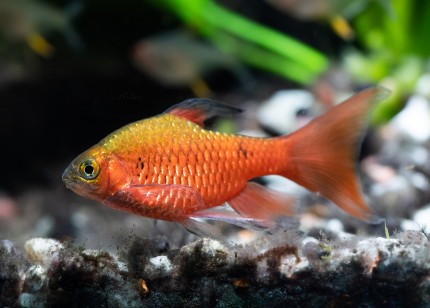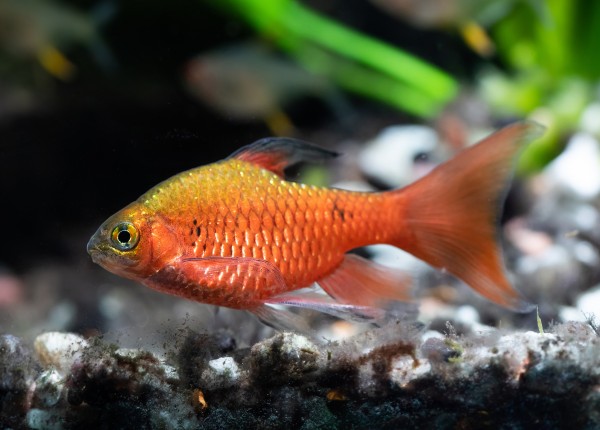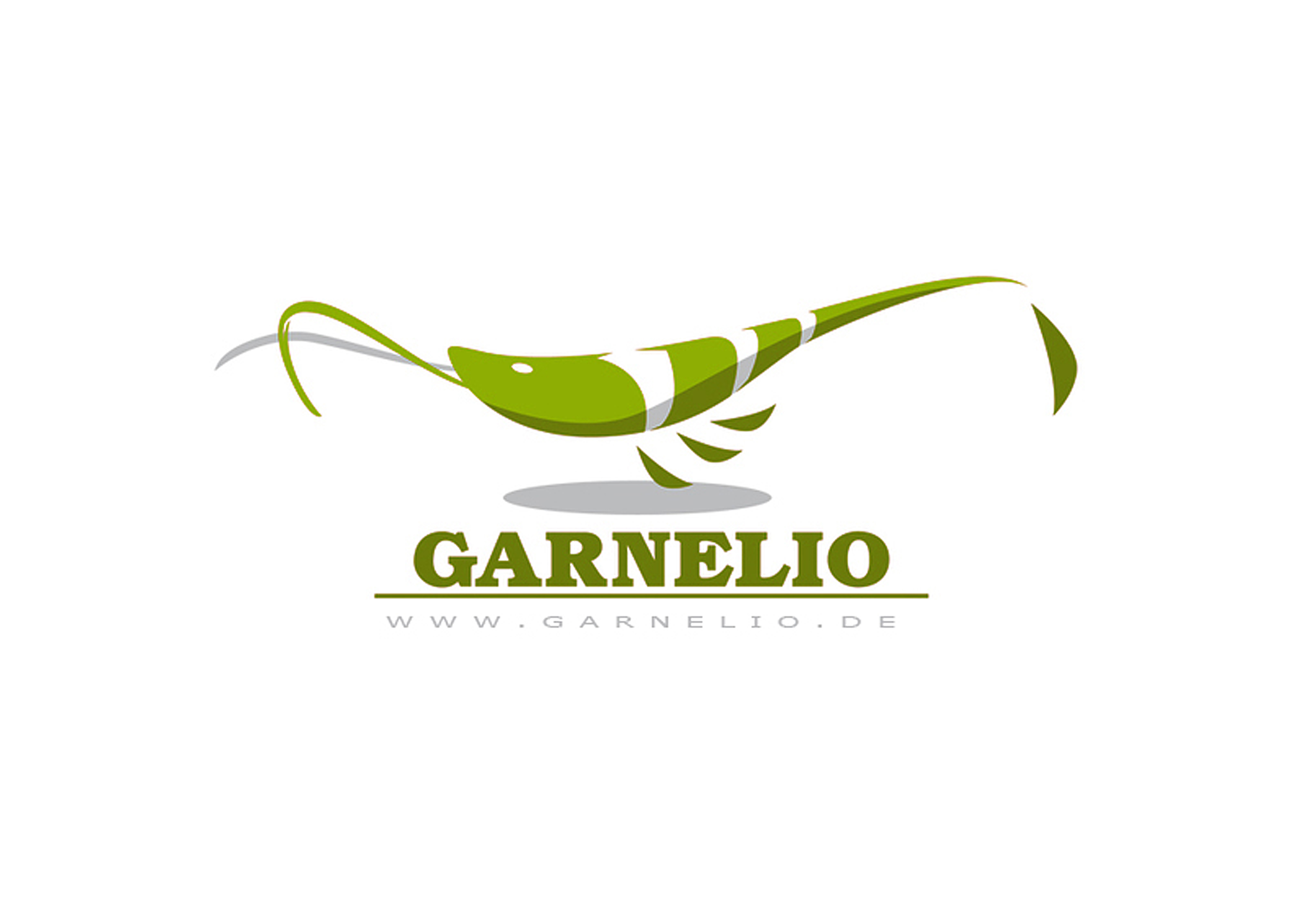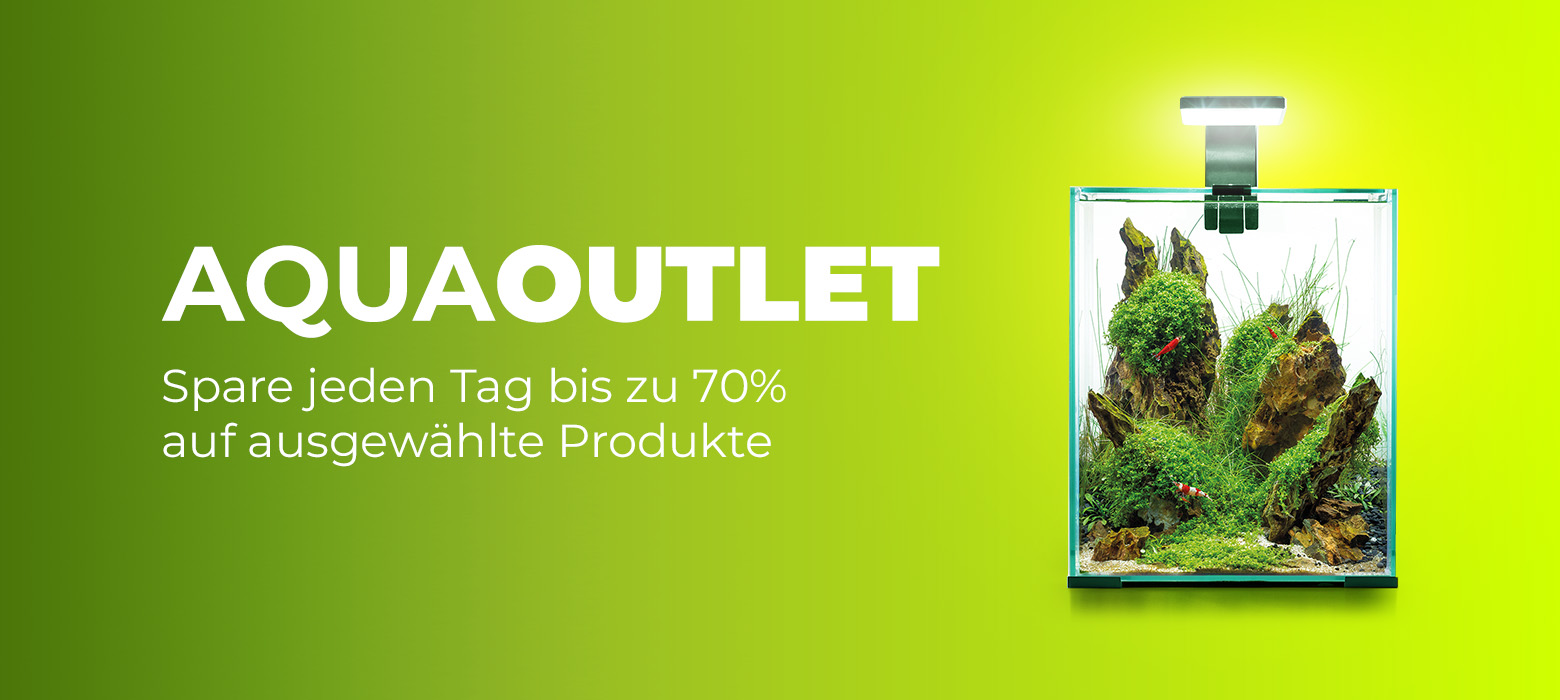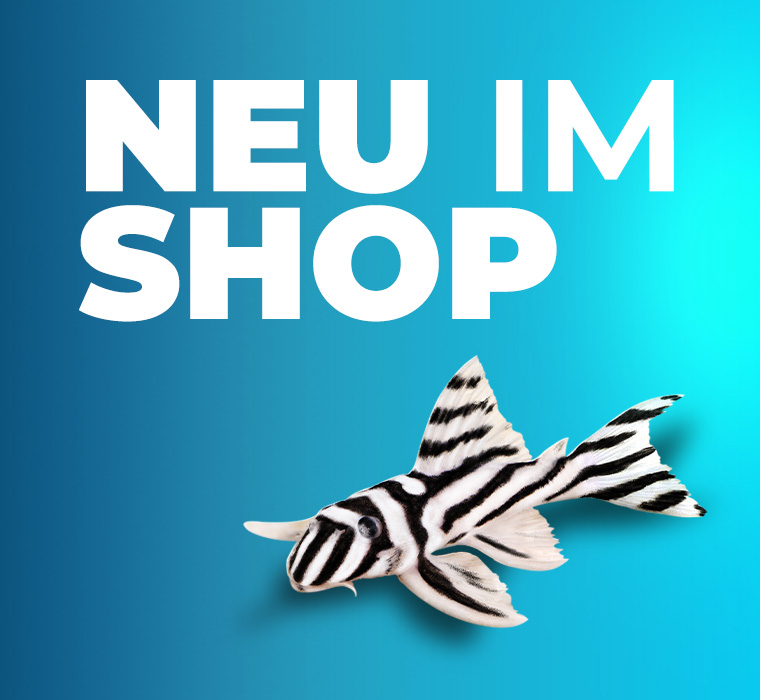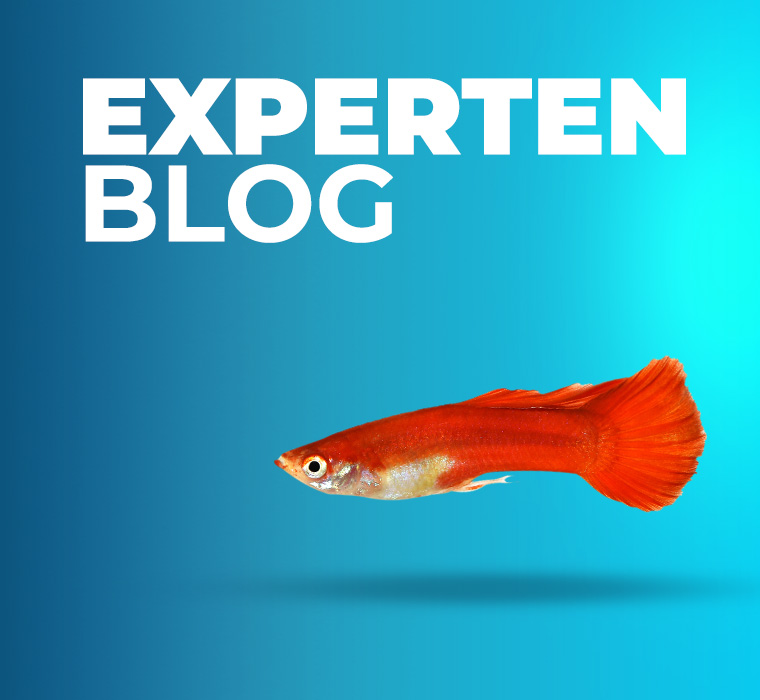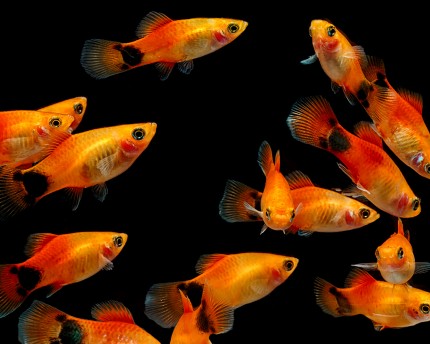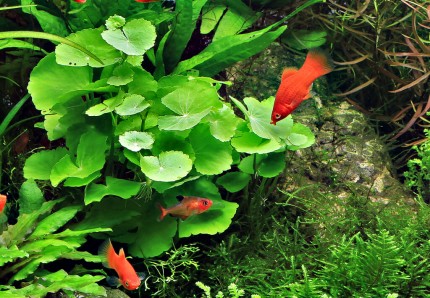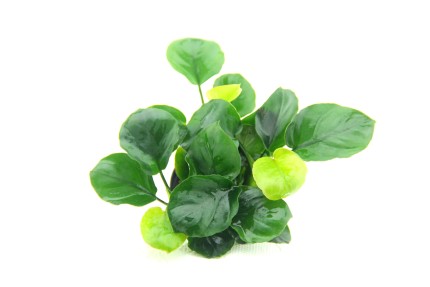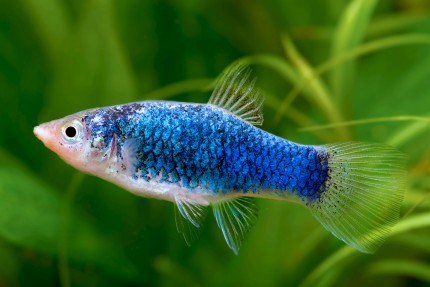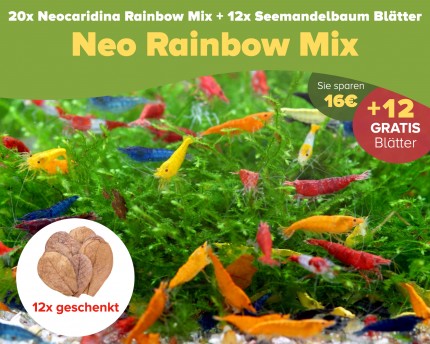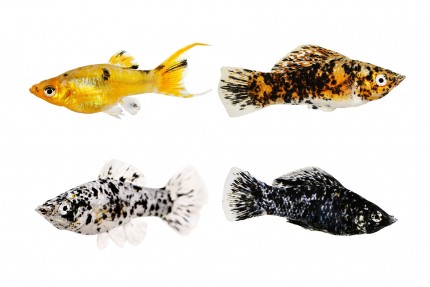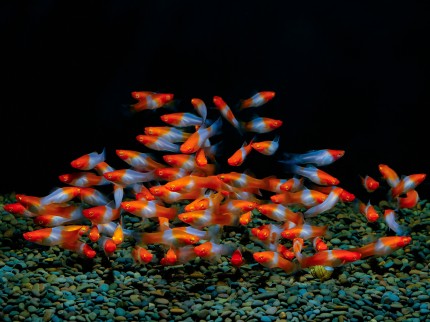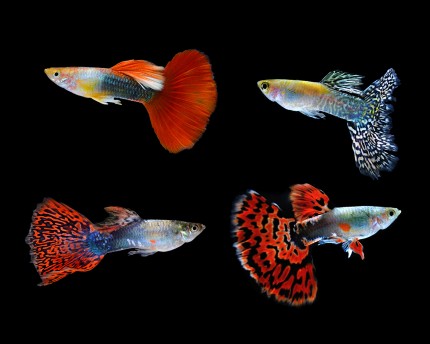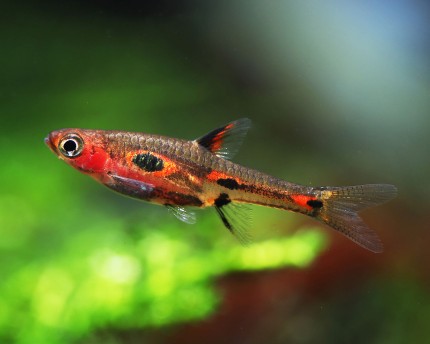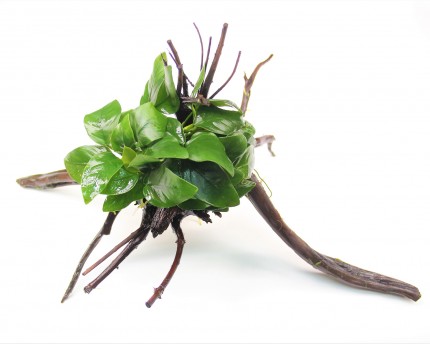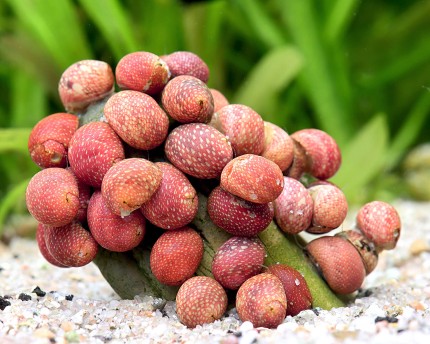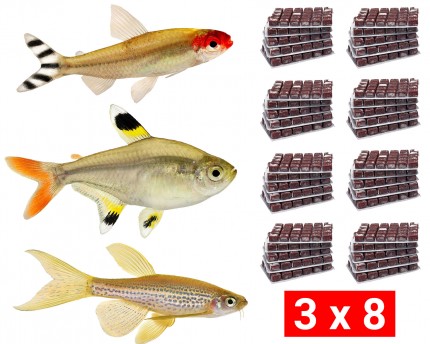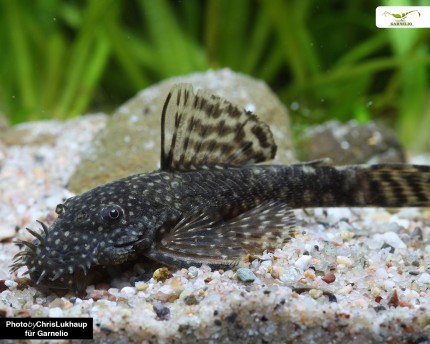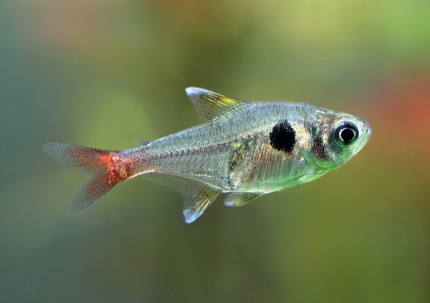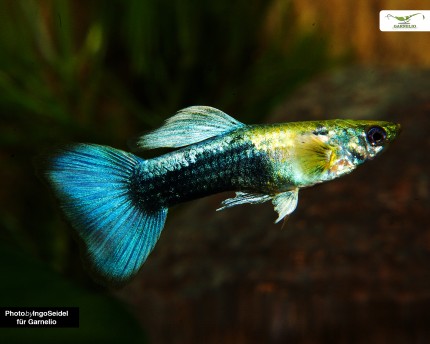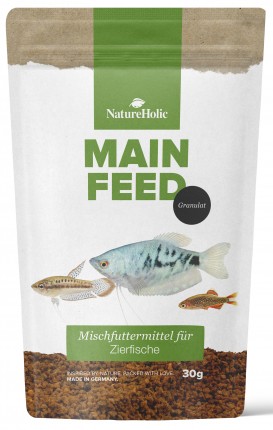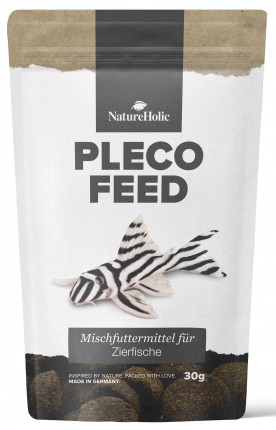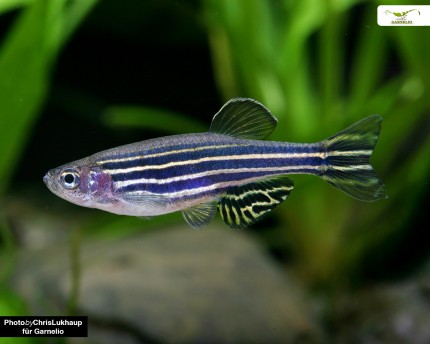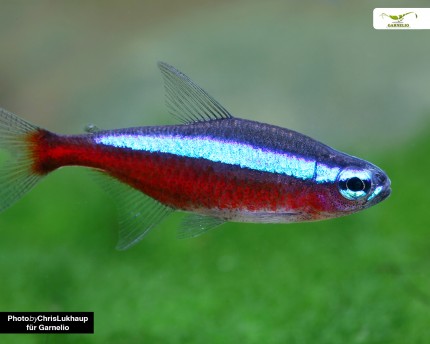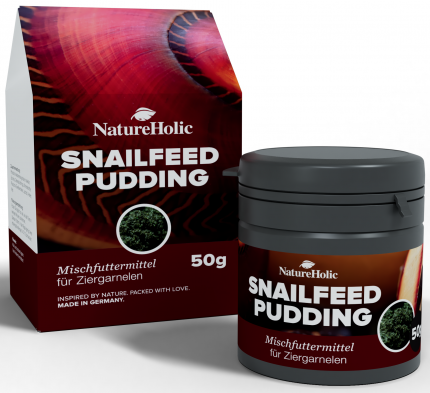incl. VAT plus shipping costs
Ready for shipment in 2 Day(s)
Delivery only innh. Germany and Austria possible.
Switch to the German store
- Item no: 7613
Fast delivery times
All products are in stock with us!14 years of breeding experience
Let our team of experts advise you!High customer satisfaction
from over 3,000 reviews "| Water values: | soft to hard |
| Breeding: | medium |
| Temperature: | 20-25 °C |
| Visual effect: | interesting body shape |
| Behavior: | Active |
| with fish?: | Yes, with peaceful fish |
| Fish group: | Barbs |
| Planting possible?: | conditional* (see description) |
| Aquarium size: | 100 l (approx. 80cm) |
| Diet: | omnivorous - omnivorous |
| Origin: | Asia |
| with snails/shells?: | Yes |
| Final size: | 4-8 cm |
| Difficulty: | 1 - Simple |
| Feature: | dynamic group behavior |
| with large crabs?: | No |
| with dwarf crabs?: | No |
| with shrimps?: | Socialization not possible |
| Pelvic region: | Center |
| with crabs?: | No |
The veil barb, Puntius conchonius, is also one of the robust barb species, which makes it especially interesting for newcomers, as these fish are quite forgiving of one or two mistakes. Originally the fish originate from (fast) flowing rivers and stagnant waters like ponds and pools in India, Nepal, Bangladesh, but also Sri Lanka and Myanmar.
Schleier-Prachtbarben have the slightly high-backed body typical of barbs with a gray-silver ground coloration, which is darker in the dorsal region and can change to green, and has a light flank and ventral side. There is a black spot on the caudal peduncle above the anal fin. The long extended fins are transparent, sometimes the dorsal fin has a black fringe, and the ventral fin may be reddish. With a final size of up to 10 cm, the animals require a rather larger aquarium. Since the barbs prefer rather lower temperatures, they can over-summer in the garden pond from May to October. Schleier-Prachtbarben are schooling fish, which should be kept together with at least 10 animals of the same species. They maintain a pronounced social behavior with rank order, which is constantly clarified and their sometimes rude behavior is distributed within the species. Since they tend to pluck among other things therefore, they should not be socialized with other long-finned fish.
Schleier-Prachtbarben can be distinguished externally best after reaching sexual maturity and fully grown. Thus, the males develop a partly silvery-red shimmering splendid (hence their name) basic coloration, which partly extends to the tips of the fins. They also remain slimmer in contrast to the females, which in turn appear stronger and rounder, but also more colorless.
The breeding of Schleier-Prachtbarben should be possible in the community aquarium. However, to make your own breeding truly productive, you should work with a spawning tank and rearing aquarium. To get the animals in spawning mood, two water changes should be omitted, the animals should be separated without visual contact and fed vigorously with small live food at low temperatures between 18-20°C. During this time, carefully prepare the spawning tank, which should be at least 20 liters, but in which a partial water change is performed shortly before the transfer of the breeding pair. The spawning tank does not necessarily need a substrate, but since barbs tend to eat their spawn, it is recommended to place a spawning grid just above the bottom and stock it with fine plants or java moss, alternatively other spawning substrate. Although the fish are generally very tolerant of water values, it is definitely worthwhile to acidify the breeding water. A pH-value of 6.3-6.9 and a low total hardness up to a maximum of 7° dGH at a temperature of approx. 25-27° C have proven to be suitable. Like most fish, the animals brought together spawn already in the early following morning hours. The male, once in a mating mood, drives the female very hard, initially laying 300 eggs or more. The animals can spawn for days, but the daily egg count decreases visibly. Once the pair is returned, it takes about 30-36 hours for the first fry to hatch and remain motionless on plants and glass for another 36-48 hours. The larvae are tiny and require great attention from the keeper and good water hygiene. They should be fed several times a day and require large fresh water changes, during which the substrate is also thoroughly cleaned. For breeding, infusoria and slipper lizards are suitable at first, then live, very fresh Artemia nauplii, microworms and rearing food in dust form.
Veil barbs are undemanding fish that assimilate quickly and are of little consequence to water values, provided the aquarium is properly maintained, water changes included. Since it needs and also demands the strength of its group, it should be kept in groups of at least 10 animals, better more. The aquarium should therefore and also because of their size at least 100 liters.
As a substrate fine substrate such as sand is suitable, in addition, roots and stones as well as partly a dense stem plant jungle should offer enough retreat possibilities and visual protection, since also Schleier-Prachtbarben permanently clarify their hierarchy and lower-ranking animals therefore need shelters. Since the fish actively whirl through the aquarium all day, they also need free swimming space. They can be socialized with other barbs, but hybridization in the community aquarium is rather unlikely, as barbs are usually fastidious nest predators. Although they are otherwise compatible, apart from occasional scuffles, they should not be socialized with long-finned fish such as gourami, guppies, angelfish, veiltail variants or fighting fish.
As distinct live food gourmets, socialization with invertebrates would also be rather inadvisable, dwarf crayfish could be tempted to fin pluck. Veil barbs also have their moods. Especially if they can not live out their species-typical behavior. This dissatisfaction manifests itself mainly in increased aggressive behavior and plucking at plants and fins. However, if you take care of your barbs from the beginning, this will not happen at all, or at least you will set up the environmental parameters in a way that is compatible with the fish.
Veil barbs can be kept with both small Live food as well as Frozen food such as cyclops, jumping fish and water fleas, but will also eat dry foods such as granules and flakes or tablets.
Our food recommendation: The NatureHolic Catfish Feed for all growth-eating ornamental fish in the aquarium is a balanced tablet food, which does not cloud the water and which the fish like to eat. The catfish tablets also contain NatureHolic active ingredient complexes, which provide Garra rufa with everything they need for a strong immune system, healthy growth and great, contrasting coloration. As snack, supplementary food or vacation food we recommend the CatfishPlates, as variety for every day the popular NatureHolic main feed for omnivorous aquarium fish.
Our plant recommendation: Use for planting NatureHolic InVitros. These are free of snails, planaria and other unwanted co-inhabitants. Also free of algae spores, bacteria and fungi.
Expert Tip: We recommend for fish keeping the NatureHolic 3 Phase Liquid. The care set offers the best all-round protection for your animals. It ensures optimal conditions for successful breeding and keeping.
| Scientific name: | Puntius conchonius |
| German name: | Schleier-Prachtbarbe, red barb |
| Difficulty level: | for beginners |
| Origin/Distribution: | India, Nepal, Bangladesh, Pakistan, Sri Lanka, Myanmar |
| Coloration: | slightly high-backed gray-silver or silver-red base color with spot on caudal peduncle, dorsum partly colored green, long extended fins |
| Age expectancy | 4-6 years |
| Water parameters: | GH 6-30, KH 6-15, pH 6-10, temperature 18-25° C |
| Tank size: | from 100 l |
| Food | Omnivorous |
| Breeding | medium |
| Behavior | territorial and aggressive towards conspecifics |
| Group size | at least 10 animals |
| Further information | Ten typical aquarium fish for beginners and alternatives to them, Tips for acclimating fish to the aquarium, Feeding aquarium fish properly - cheap food and what it can do |
- Item no: 7613
Entdecke die Garnelio Welt!
Garnelio gehört zu den größten Onlineshops für wirbellose Aquarientiere weltweit.
Viele Artikel gibt es exklusiv nur bei uns im Shop.

